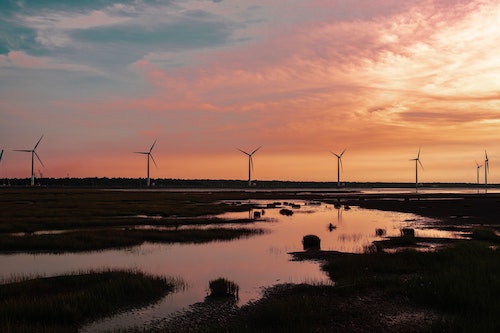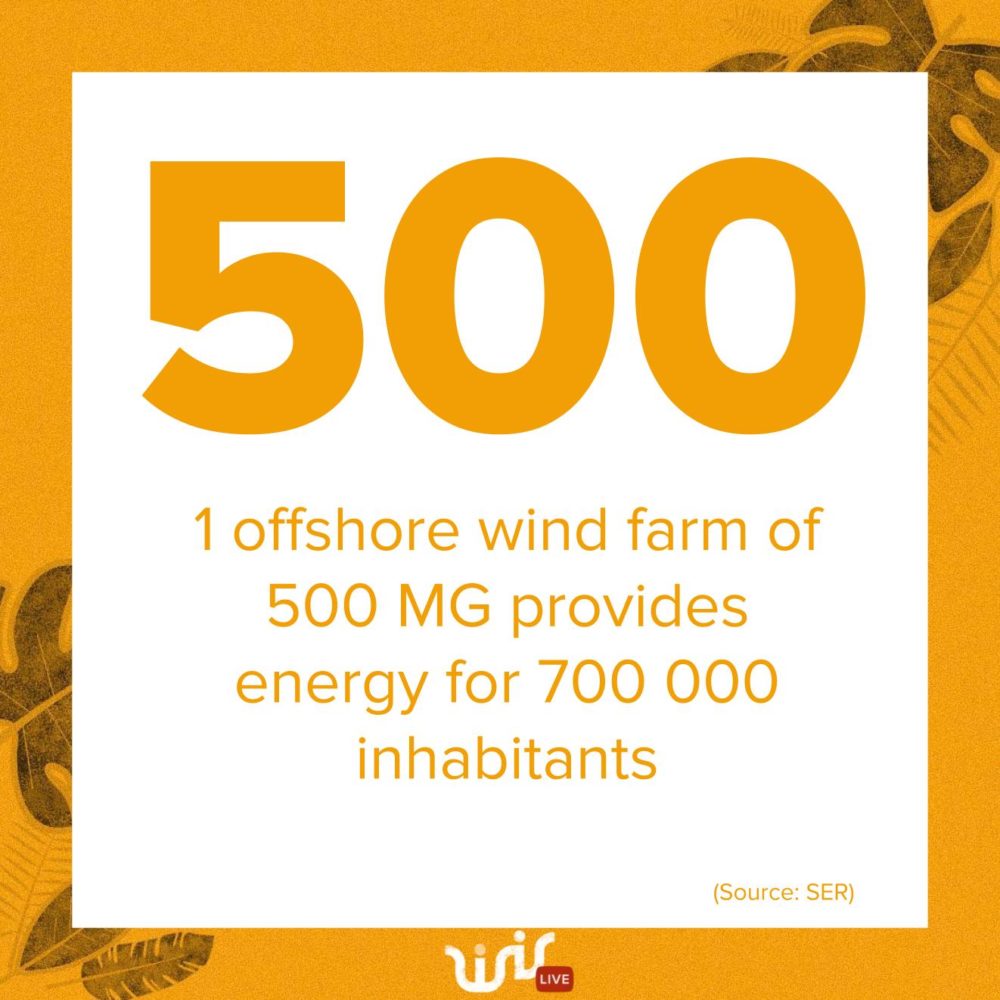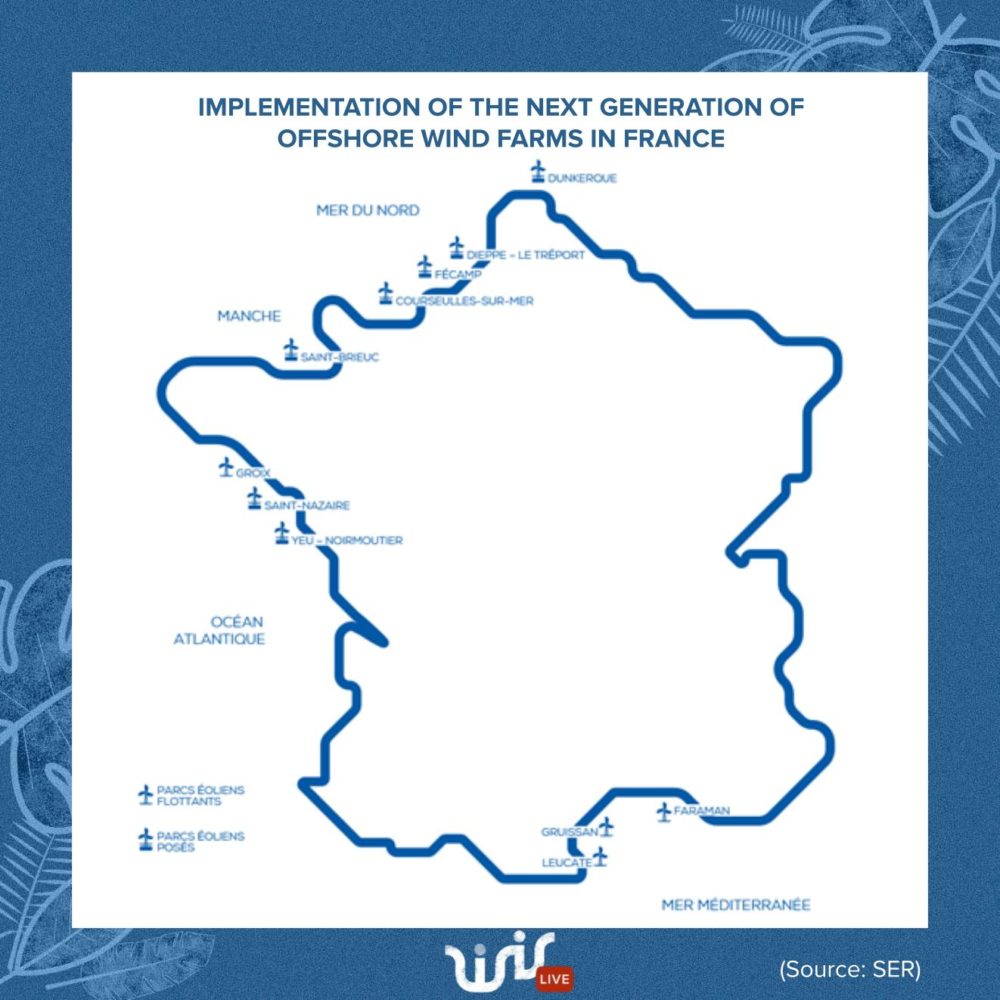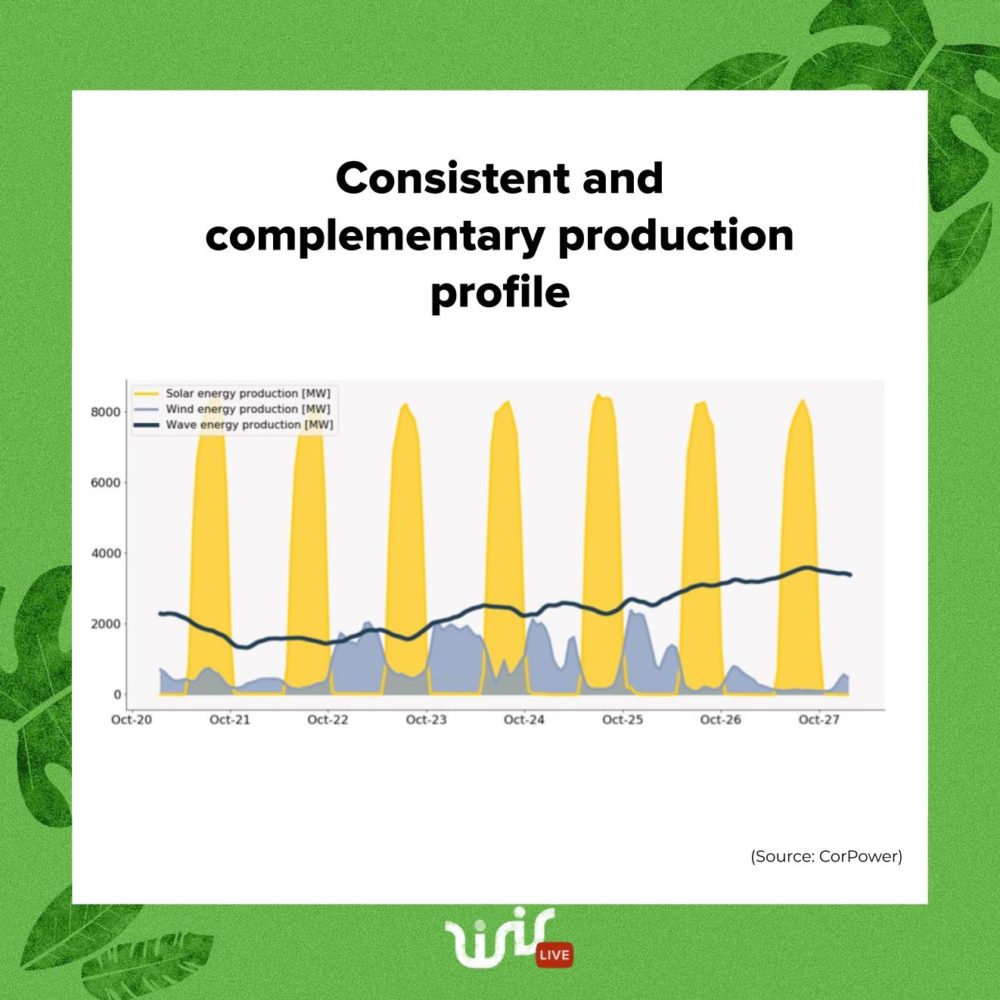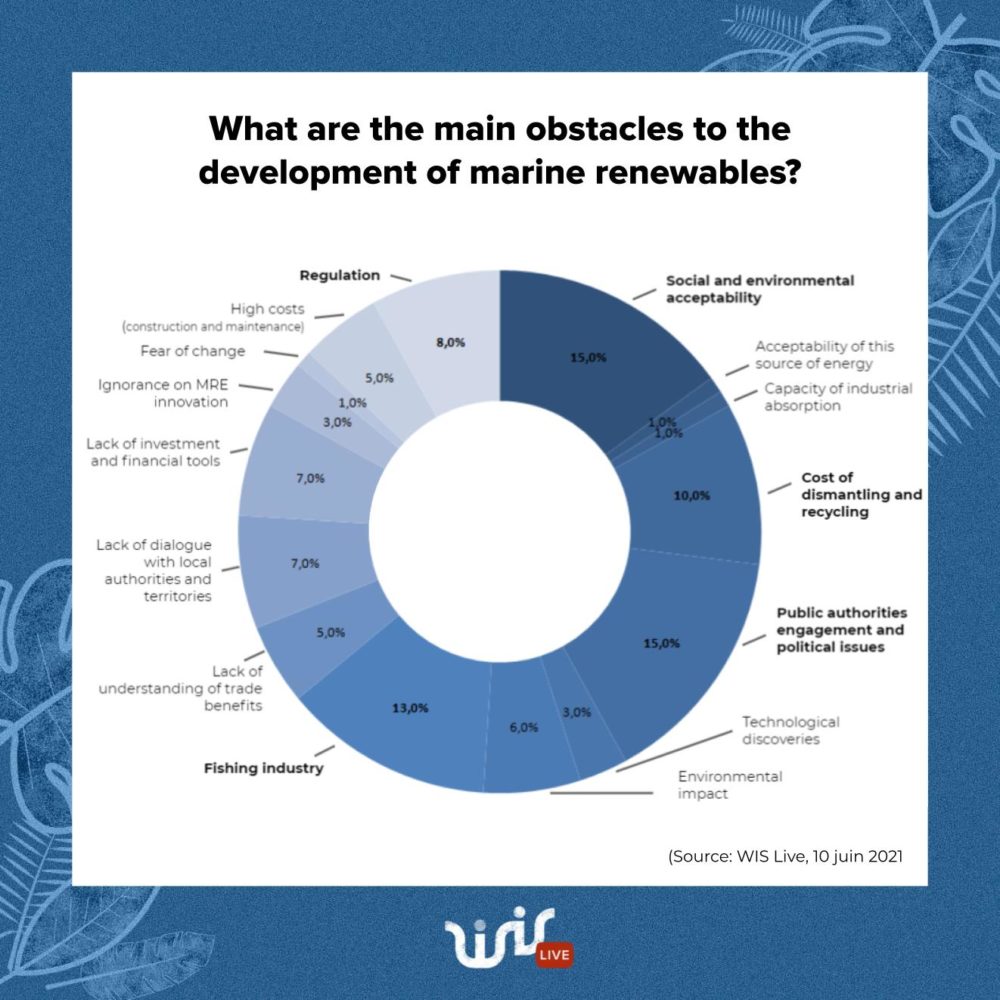On June 10th, international experts, entrepreneurs and innovators from across 11 countries (Belgium, France, Ireland, Italy, Madagascar, Netherlands, Portugal, Spain, Sweden, Tunisia, UK ) and the marine renewable and offshore energy industries discussed market challenges and opportunities for innovation to scale up. Anne Georgelin, head of MRE and hydropower at the French Renewable Energy trade association (SER), Gabriel Castellanos, associate programme officer at the International Renewable Energy Agency (IRENA), Patrik Möller, CEO at Corpower and co-director of Ocean Energy Europe and Marlène Kiersnowski, head of development at Energie de la Lune and coordinator at SEENEOH shared their perspectives and recommendations to increase the industry’s competitiveness.
The debate served as a basis of discussion for the French national forum on marine renewable energy organised by the French Renewable Energy Trade Association (SER) and to be held online on June 22.
Watch the replay
Key takeaways included:
- The French wind offshore energy sector is relatively late compared to its European neightbours but remains highly competitive with 7 major projects currently in development—four of them are under construction;
- Wind-based electrification could drive Europe to net zero (with the support of MREs) and achieve the Green Deal ambition with an objective of 300 GW by 2050, compared to 45 GW in Japan by 2040 and 30 GW in India by 2030;
- The industry is a tremendous source for job creation and has great potential to support economic recovery and stimulate regional dynamics (400 000 European jobs by 2050);
- SIDs (Small Island Developing States) can largely contribute to the development of the industry and benefit from it. For instance, ocean thermal energy conversion (OTEC) technologies have already proven efficient to replace fossil fuels in the Caribbeans;
- Trends to watch: wave, tidal, wind, solar energy mix;
- Wave energy represents a huge opportunity for the ocean energy sector with waves being not only a low carbon ocean energy source but the highest untapped offshore energy in the world. It could provide up to 10% of the global electricity while being consistent and complementary to other renewable energy sources;
- Two main challenges the industry is facing, are (a) technological survival of innovation under extreme weather conditions, and the capacity to maximise revenue compared to the cost of technology;
- Investment and adjusted regulation are needed for innovation to scale;
- Tidal energy has also a strong potential for the future of the MRE sector. The European Union funded project TIGER with the objective to achieve 100 EUR/MWh at 1GW deployed capacity.
4 recommendations from IRENA to develop MRE in the SIDS:
Technology convergence and standardization as well as R&D fundings for pilot sites.
Policy development with the promotion of innovative business models and financial tools as well as premium prices for theses technologies.
Environmental and social dialogue to improve communication with local communities and access baseline data.
Infrastructure improvement to connect the supply chain and create synergies across sources of renewable energy and corporate organisations.
